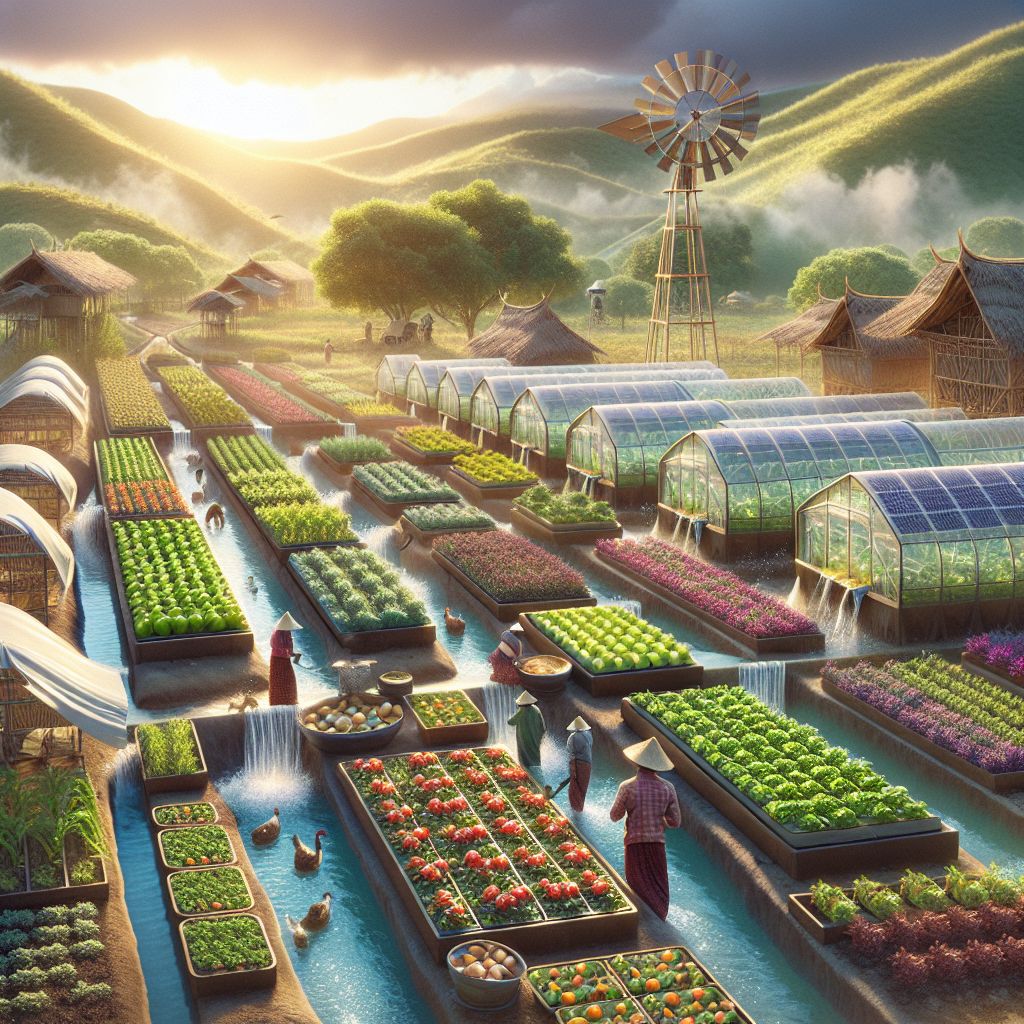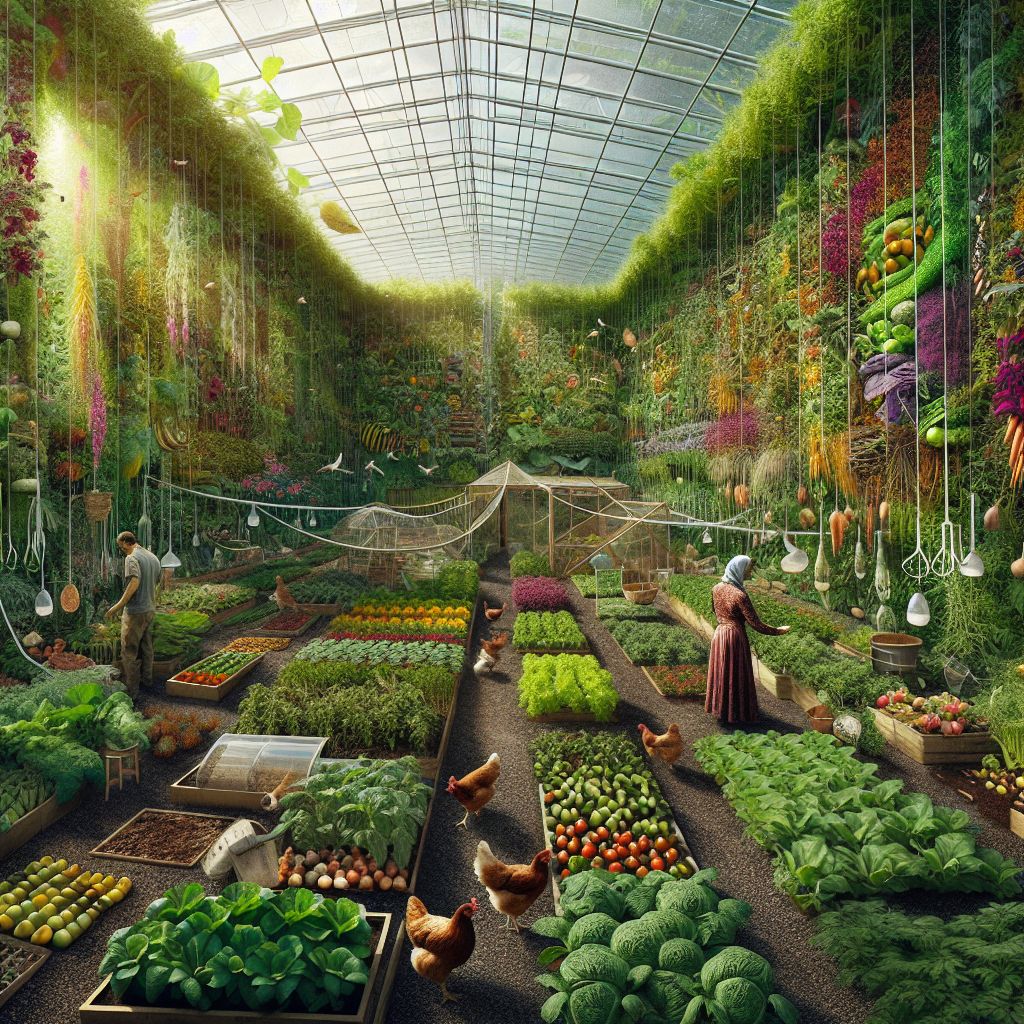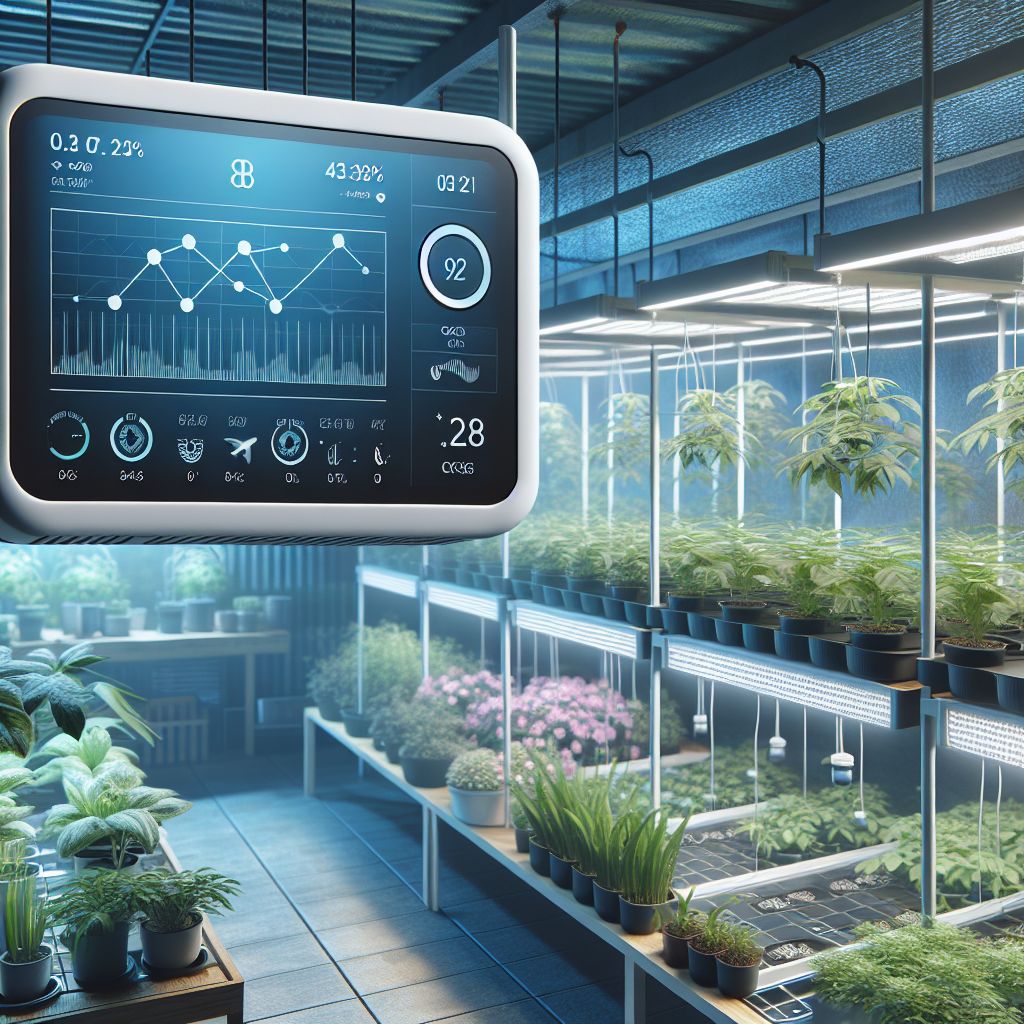Key Takeaways
- Agricultural technology nutrient management is essential for optimizing farm productivity and sustainability.
- Data analytics and precision farming tools help farmers apply the right amount of nutrients at the right time.
- Choosing the right AgTech tools involves understanding your farm’s specific needs and potential return on investment.
- Legal compliance software ensures that farmers meet environmental regulations and reporting requirements.
- Technology advancements like smart fertilization and water conservation are key to future-proofing agriculture.
Empowering Farmers: A Dive into AgTech-Based Nutrient Management
Nutrient management might sound like a complex term, but it’s actually quite simple. It’s all about giving your crops exactly what they need to grow strong and healthy. Just like a chef needs the right ingredients to cook a delicious meal, plants need the right nutrients to produce the best yields. But how do we know what’s “right”? That’s where AgTech, or agricultural technology, comes into play.
What is Nutrient Management?
Let’s break it down. Nutrient management is the science of applying fertilizers in the right amount, at the right time, and in the right place to support crop growth. The goal is not only to maximize crop yield but also to minimize the impact on the environment. Too much fertilizer can run off into streams and rivers, causing all sorts of problems for wildlife. Too little, and your crops won’t reach their full potential. It’s all about balance.
Why AgTech is a Game-Changer in Nutrient Management
AgTech is revolutionizing the way we farm. With tools like sensors, drones, and smart irrigation systems, we can now monitor crops and soil with incredible precision. This means we can apply nutrients in just the right amounts, which is not only good for the planet but also for your pocket. By using resources more efficiently, you’re not wasting money on excess fertilizer that your crops can’t use.
Understanding the Basics of AgTech in Nutrient Management
So, what exactly is AgTech? Think of it as high-tech tools for farming. These tools collect data from your farm and turn it into actionable insights. They can tell you things like which parts of your field need more nitrogen, or when your crops are ready for a potassium boost. With this information, you can make smarter decisions that lead to better crop yields and lower costs.
Most importantly, AgTech isn’t just for the big guys. Farms of all sizes can benefit from these technologies. Sure, there’s an upfront cost, but many farmers find that the return on investment makes it worth it. Plus, there are often grants and subsidies available to help offset the costs. It’s all about taking the leap into the future of farming.
Let’s look at some of the basics:
- Data Analytics: This involves collecting data from your crops and soil and using it to make informed decisions about nutrient management.
- Precision Farming Tools: These are the gadgets and gizmos that help you measure exactly what’s happening on your farm, down to the last square inch.
- Legal Compliance Software: These programs help you keep track of all the rules and regulations you need to follow, so you can focus on farming without worrying about paperwork.
When you’ve got the right tools, you can ensure every seed you plant has the best chance to grow into a healthy, productive crop. And isn’t that what we all want?
Choosing the Right AgTech Tools for Your Farm

When it comes to selecting AgTech tools, the options can be overwhelming. But the key is to focus on your farm’s unique needs. Start by assessing your soil type, crop rotation, and climate. Then, look for tools that can help you address specific challenges you face. For example, if you struggle with uneven soil moisture, consider soil moisture sensors. If nutrient runoff is a concern, precision fertilizer spreaders might be the ticket. And remember, the best tool for the job is the one that you’ll actually use. So, don’t shy away from seeking demos and asking for testimonials from other farmers.
Staying Ahead of the Curve with Legal Compliance Software
Staying compliant with agricultural regulations is crucial, but it doesn’t have to be a headache. Legal compliance software can simplify this process. These programs keep you updated on the latest regulations, help you track nutrient applications, and ensure you’re applying them in a way that meets legal standards. They can also assist in reporting to regulatory bodies, ensuring you’re growing your crops responsibly and protecting your business from potential fines and legal issues.
Therefore, investing in compliance software isn’t just about avoiding penalties, it’s about peace of mind. With the right software, you can spend less time worrying about paperwork and more time doing what you love—farming.
Our 3 Top Recommendations for Legal Compliance Software
- AgriERP
- Centralized platform for farm management
- Features: data analytics, inventory management, resource tracking
- Enhances productivity and profitability
- Agri-Trak
- Provides critical data for informed decision-making
- Manages employee contracts, payroll, production records
- Ensures compliance with labor regulations
- EFFORT
- No-Code Platform for agricultural business processes
- Benefits: crop planning, inventory management, compliance, quality control
- Empowers agricultural businesses at every operational stage
Ensuring Environmental and Safety Standards
AgTech isn’t just about boosting yields, it’s about farming responsibly. Environmental and safety standards are in place to protect our land, water, and air for future generations. By using AgTech tools that help monitor and manage nutrient application, you’re looking after your crops and the environment. This proactive approach demonstrates your commitment to sustainable farming practices, which can enhance your reputation and even open up new market opportunities.
Besides that, consumers are increasingly interested in how their food is grown. By adopting AgTech tools that prioritize environmental standards, you’re positioning your farm to meet this demand.
Software Solutions for Regulatory Reporting
With the complexity of agricultural regulations, reporting can be time-consuming. Software solutions streamline this process by automating data collection and report generation. They can track the amount of fertilizer used when applied and even the weather conditions. This precision helps with compliance and provides valuable insights into the effectiveness of your nutrient management practices.
Maximizing Crop Health and Soil Fertility with Tech Innovations
Healthy crops start with healthy soil. AgTech innovations offer ways to maximize both. By leveraging technologies like satellite imagery and AI-driven analysis, you can understand your soil’s needs like never before. This deep understanding allows for precise adjustments to your nutrient management strategy, ensuring your soil stays fertile and your crops thrive.
Because at the end of the day, it’s not just about growing more—it’s about growing smarter.
Smart Fertilization Techniques
Smart fertilization involves using technology to apply fertilizers more efficiently. For instance, variable rate technology (VRT) allows you to apply different amounts of fertilizer in different parts of your field, based on the specific needs of each area. This targeted approach means you’re not over-fertilizing some areas while under-fertilizing others. It’s a smarter way to use resources and can lead to significant cost savings over time.
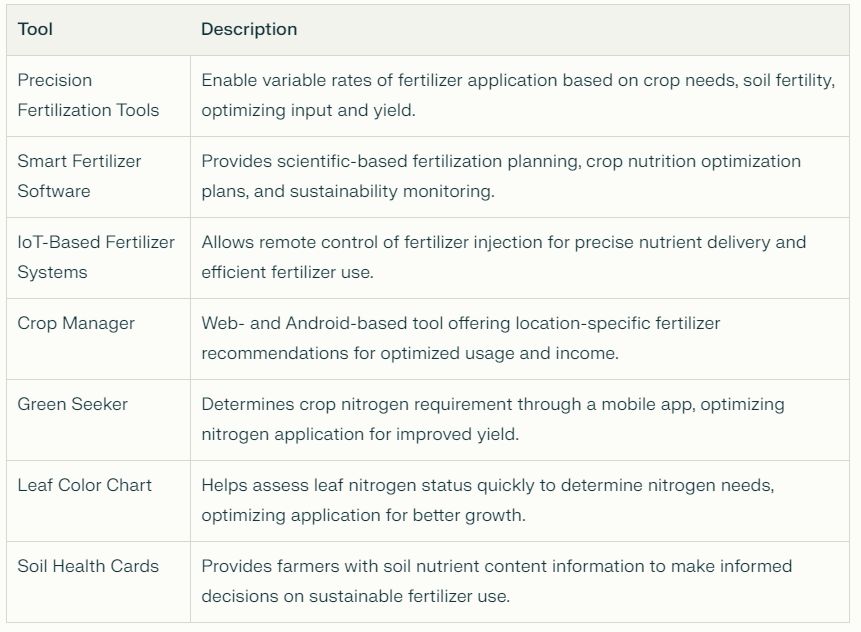
Water Conservation and Nutrient Management
Water conservation is closely tied to nutrient management. Efficient irrigation systems that deliver water directly to the plant roots can reduce runoff, which means less nutrient loss and lower water usage. Technologies like drip irrigation or soil moisture sensors ensure that water—and the nutrients it carries—is used as effectively as possible.
Customized Solutions Based on Soil Data Analysis
Every farm is different, which is why customized solutions are so important. Soil data analysis can provide a detailed picture of your farm’s unique conditions. From there, you can work with AgTech providers to develop a nutrient management plan tailored specifically to your soil’s needs. This might include custom fertilizer blends or specific recommendations to cover crops that can enhance soil health.
And remember, data is your friend. The more you know about your soil, the better you can care for it. This is where soil testing comes in. By regularly testing your soil, you can track changes over time and adjust your nutrient management accordingly.
Example: A farmer in Iowa used soil sensors to monitor moisture levels and reduced his irrigation water usage by 25%, while also increasing his corn yield by 5%. This saved him money not only on water but also on the energy used to pump that water.
Recording Success: Case Studies in AgTech Nutrient Management
Success stories abound when it comes to AgTech nutrient management. Take the case of a vineyard in California that implemented a precision irrigation system. By using sensors to monitor soil moisture and deliver water only when needed, they reduced their water usage by 30% and saw a 10% increase in grape quality.
Another example is a wheat farmer in Kansas who used drone technology to map his fields and apply fertilizers precisely where needed. This not only reduced his fertilizer costs by 20% but also increased his yields by an impressive 15%.
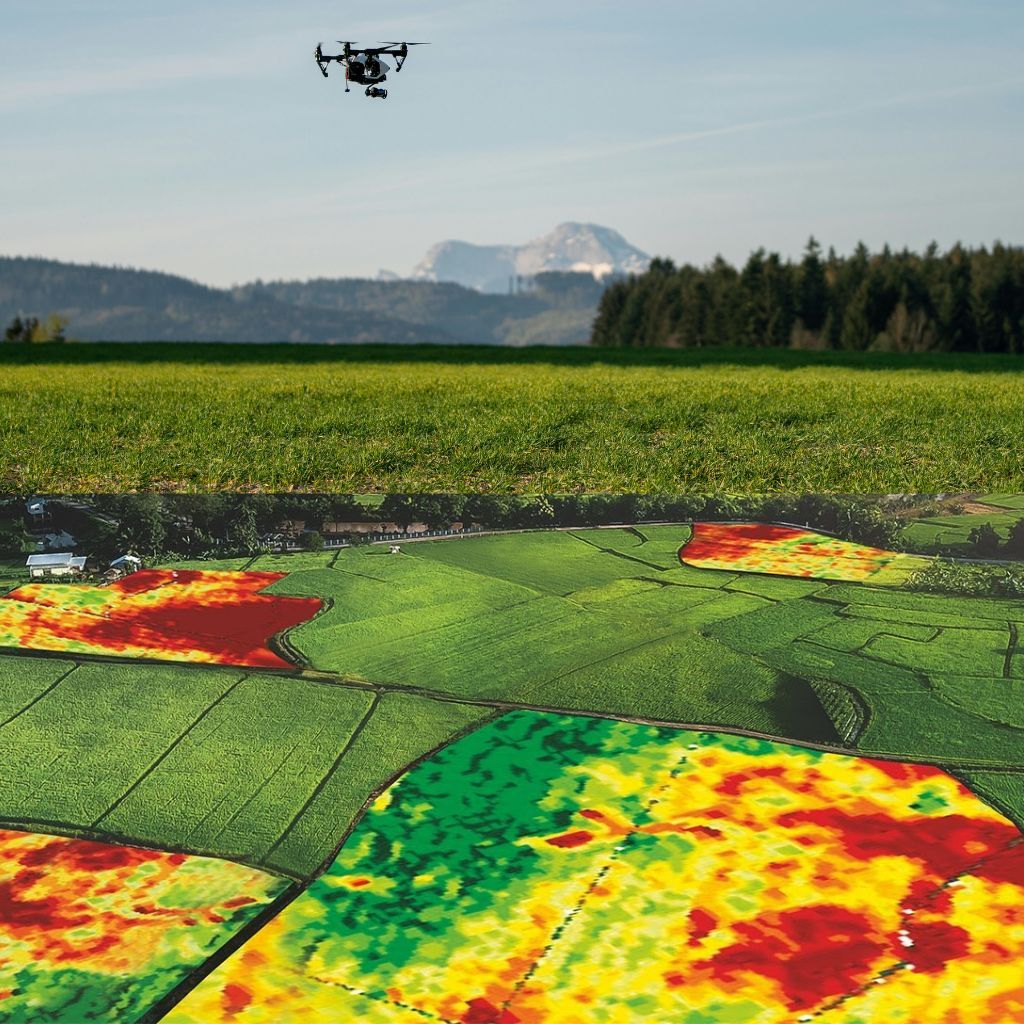
Learning from Challenging Scenarios and Overcoming Obstacles
It’s not all smooth sailing, though. Adopting new technologies can come with its fair share of challenges. For instance, there might be a steep learning curve, or you might encounter technical difficulties that require troubleshooting. But the key is perseverance. By learning from each challenge and adapting, you can overcome these obstacles and realize the full potential of AgTech in your nutrient management strategy.
Take the example of a berry farm in Oregon that initially struggled with integrating a new farm management software. The data seemed overwhelming, and the farmers were not tech-savvy. However, with persistent training and support from the software provider, they were able to streamline their nutrient application process, resulting in a 20% increase in berry production and a reduction in fertilizer waste.
Remember, every challenge is an opportunity to learn and grow. And in the world of AgTech, that growth can lead to healthier crops, healthier soil, and a healthier bottom line.
Frequently Asked Questions for Agricultural Technology Nutrient Management
How Does AgTech Improve Nutrient Management?
AgTech improves nutrient management by providing precise data that helps farmers understand the specific needs of their crops and soil. This data-driven approach enables targeted nutrient application, which optimizes crop health and yield while reducing waste and environmental impact.
For example, sensors in the field can detect nutrient levels in the soil, and software can analyze this data to provide recommendations for fertilizer application. This means farmers can apply the exact amount of nutrients needed, where they’re needed, and avoid over or under-fertilizing their crops.
Moreover, with the advancement in technology, these tools are becoming more user-friendly and accessible, making it easier for farmers to adopt and benefit from AgTech in nutrient management.
What Are the Legal Requirements for Nutrient Management?
The legal requirements for nutrient management vary by region, but generally, they aim to prevent nutrient runoff that can lead to water pollution. Farmers are often required to follow a nutrient management plan, keep records of fertilizer applications, and comply with limits on the amount and timing of fertilizer use.
Legal compliance software can help farmers navigate these regulations by keeping track of nutrient applications and generating reports that can be submitted to regulatory agencies. This helps ensure that farms are not only productive but also environmentally responsible.
Can Small Farms Benefit from AgTech?
Absolutely! Small farms can benefit significantly from AgTech. While the initial investment might seem daunting, many tools are scalable and can be customized to fit smaller operations. Additionally, small farms often have the advantage of agility, allowing them to implement and adapt new technologies more quickly than larger enterprises.
Furthermore, many governments and agricultural organizations offer grants, subsidies, or low-interest loans specifically designed to help small farms adopt AgTech. This financial support can offset the costs and make the benefits of precision farming accessible to farms of all sizes.
What Is the Initial Cost of Implementing AgTech Solutions?
The initial cost of implementing AgTech solutions can vary widely depending on the type and scale of the technology. Generally, you might expect to invest anywhere from a few hundred to several thousand dollars. Here’s a rough breakdown:
- Soil sensors can range from $100 to $1,000 each.
- Farm management software subscriptions can cost between $500 and $2,000 annually.
- Precision fertilizer spreaders can be several thousand dollars, depending on size and features.
It’s important to consider these costs as an investment in your farm’s future. The savings from reduced input costs and the potential for increased yields often offset the initial expense over time.
How User-Friendly Is Nutrient Management Software?
Today’s nutrient management software is designed to be user-friendly, with intuitive interfaces and customer support to help farmers get the most out of the technology. Many providers offer training sessions and tutorials, and software is increasingly accessible on mobile devices, allowing farmers to manage their nutrient applications on the go.
It’s also worth noting that many software solutions are customizable, so you can choose the features that are most relevant to your operation and avoid being overwhelmed by unnecessary complexity.
For example, a nutrient management platform might offer a simple dashboard where you can input your soil test results and receive fertilizer recommendations. Or it might integrate with your existing farm management software to give you a comprehensive view of your farm’s data.


